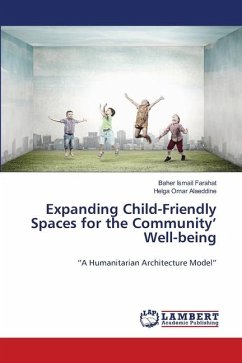This book examines the housing possibilities for the "ex-Kamaiyas" and aims at creating basic guidelines for planning and designing low-cost, self-help housing. Kamaiya is a system of Nepalese agriculture bonded labor. The Kamaiyas were liberated by the Nepalese government in 2000, and promised land to build houses. Without enough money for construction however, many of these ex-Kamaiyas, as they are now called, are without housing or live in substandard units. It is an attempt to design affordable and environmentally responsive housing that draws on Nepalese vernacular traditions but incorporates some modern materials and construction methods. The research and designs are based on interviews with ex-Kamaiyas living in the Nepalese villages of Tesanpur, Janatanagar, and Bhuri Gaun. The result serves as a guide for non-profit organizations working to provide housing for the ex- Kamaiyas and consists of guidelines for laying out ex-Kamaiya neighborhoods and for designing and constructing individual houses. The last chapter evaluates the proposed housing system and identifies strengths and weaknesses.








